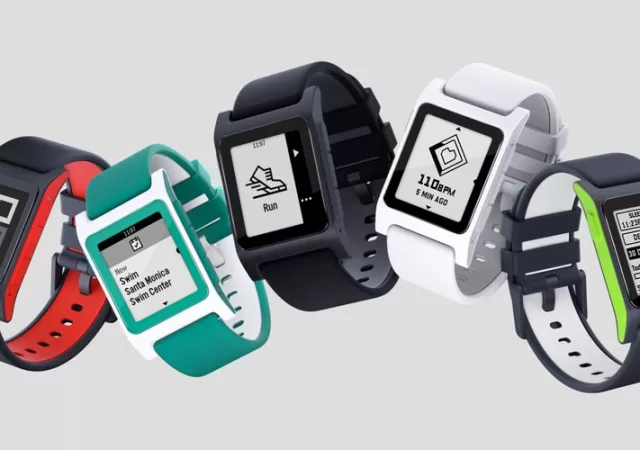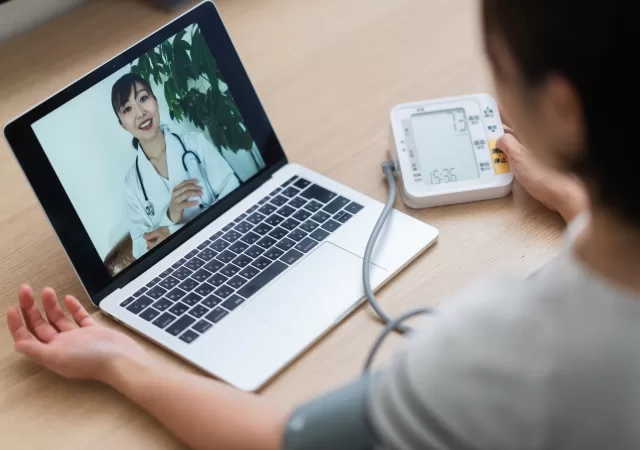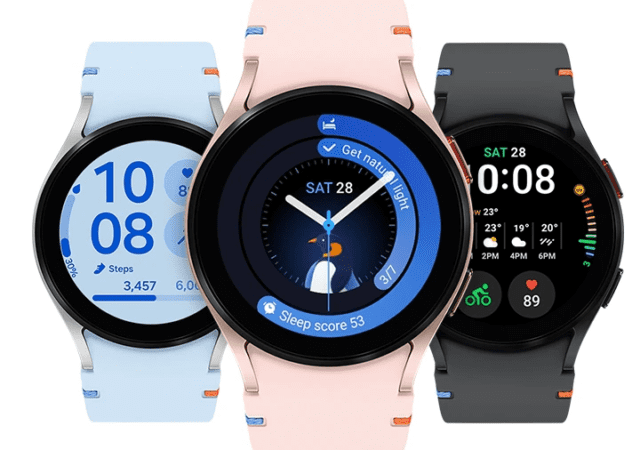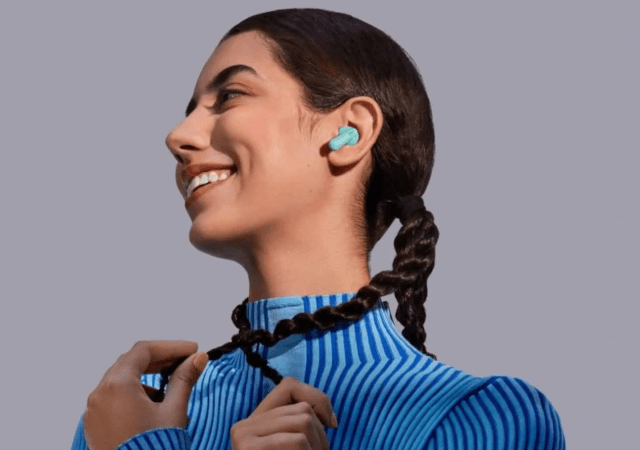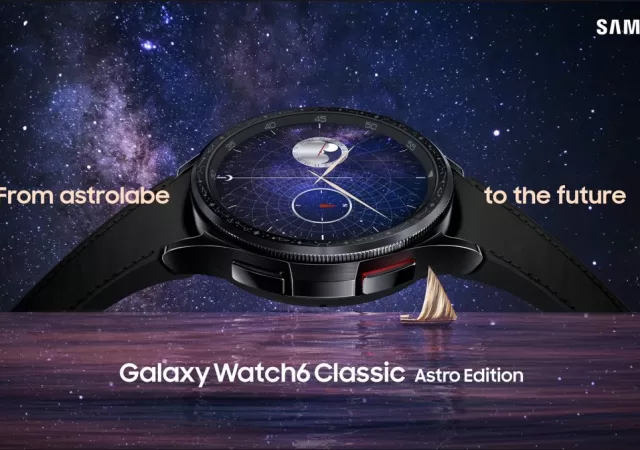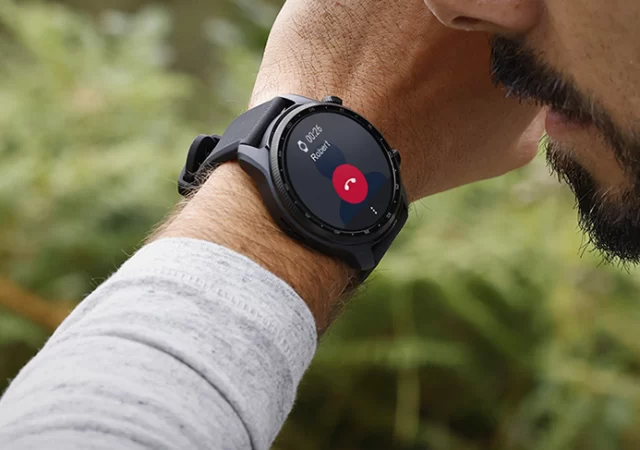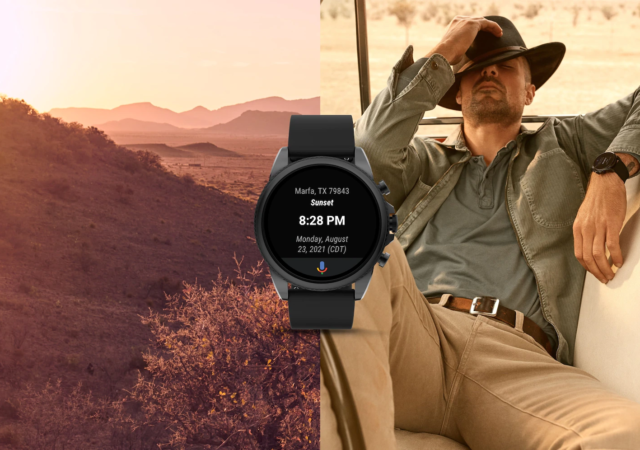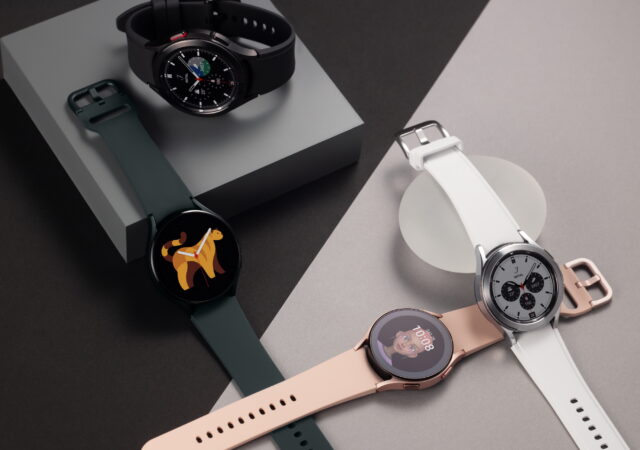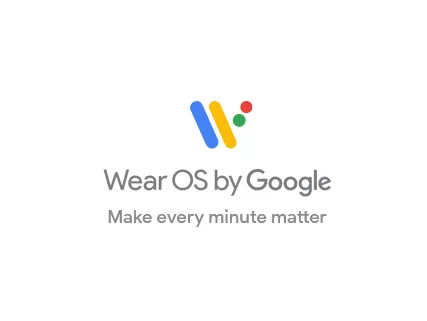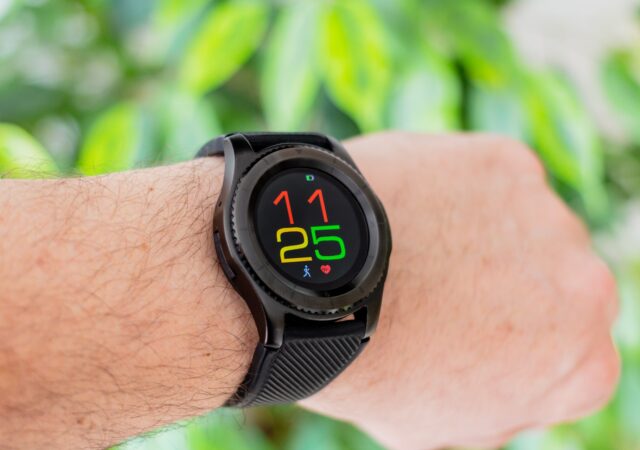E-Ink Smartwatches are going to make a comeback as Pebble founder, Eric Migicovsky, looks to revisit the popular take on smartwatches again.
Transforming Healthcare in Asia Pacific: The Impact of Medical Devices
Telemedicine, remote medical devices and other new emerging technologies are reshaping healthcare. DKSH weighs in on the impact of these technologies.
Samsung’s Galaxy Watch is More Affordable with the Galaxy Watch FE
Samsung releases the Galaxy Watch FE, a more affordable Galaxy Watch that makes tracking your health more accessible.
OnePlus Hits the Refresh Button Unveils the Nord Buds 3 Pro and Watch 2R
OnePlus unveils the Nord Buds 3 Pro and the Watch 2R to complement the Nord 4 smartphone and Pad 2.
Samsung Galaxy Watch 6 Classic Astro Edition reaches for the stars
Samsung is back with a mesmerizing blend of tradition and technology in their latest release: the Galaxy Watch 6 Classic Astro Edition. Drawing inspiration from ancient astrolabes, this timepiece is more than just a smartwatch; it’s a work of art.…
Dual Screen, Wear OS-powered Mobvoi TicWatch Pro X Arrives in China
Mobvoi introduces its first dual display smartwatch – the TicWatch Pro X – which runs on Wear OS and is powered by the Snapdragon Wear 4100.
Fossil Watches Lose Face in New Update
Fossil Gen 5, Gen 5E and Gen 5 LTE smartwatches unexpectedly lose a good number of smartwatches after an update.
Samsung Galaxy Watch4 Series Debuts with Wear OS
Samsung revolutionises their Galaxy Watch series with the new Galaxy Watch4, the first smartwatch to come with Wear OS 3.
Google Just Revealed the Name of Their New Wearable Platform
Google revealed that the upcoming Wear OS will be called Wear OS 3. The first Wear OS 3 devices are expected to roll out soon.
[Google I/O 2021] Google & Samsung Take Wear OS to the Next Level
Google and Samsung are partnering to bring one of the biggest updates to Wear OS that could change the fate of wearables.



